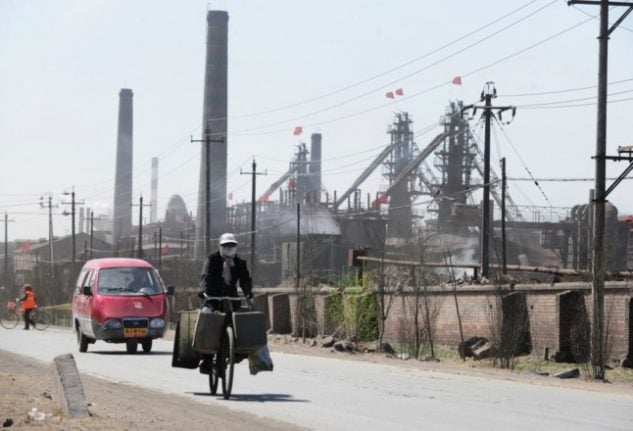The bid by Glencore, uniting the two Swiss groups as Glencore Xstrata International, will give birth to a company with revenues of $209.4 billion and put it among the world’s top mining groups, behind BHP Billiton, Vale and Rio Tinto.
“A merger between Glencore and Xstrata offers a unique opportunity to create a new business model in our industry to respond to a changing environment,” said Xstrata chief executive Mick Davis in a statement.
His Glencore counterpart Ivan Glasenberg said the company would be the most diverse major resource group, and the $61.9-billion merger would realise “immediate and ongoing value.”
The two companies, based in Baar and Zug respectively, had been in talks over a possible deal since 2006, Glasenberg told AFP.
The new group will have a combined equity market value of $90 billion.
“With the IPO (initial public offer) in May it was easier to get a better value for Glencore. The market understood Glencore better.
“We’ve been talking weekly and towards November, December we landed on most of the points,” Glasenberg said.
Glencore has offered 2.8 shares for each Xstrata share held, representing a 15.2-percent premium over the closing share price on Wednesday, the day before Xstrata’s announcement that it was in discussions with Glencore.
The new company is forecast to increase production by 11 percent annually to 2015 and have a significant presence in African copper mines as well as in Kazakhstan and South America.
Davis is to take over as head of the combined group, with Glasenberg as his deputy.
The deal will be put to a shareholder vote and the companies’ forthcoming AGMs in May.
“This is not a transaction about cost reductions,” said Davis.
“It’s a transaction about putting together two companies … we will operate across the whole spectrum and in that way build synergies by putting Xstrata’s production through the Glencore marketing system.”
In the 12 months ending December 31st, Glencore reported $186.2 billion in sales and had core earnings before exceptional items of $6.5 billion.
Xstrata had sales of $33.9 billion over the same period, and core earnings of $11.7 billion.
Glencore was successfully launched on the London Stock Exchange and in Hong Kong in May last year.
In addition to being a giant trading company, it also holds major mining assets in minerals such as zinc, copper, lead and aluminum.
The company also has interests in energy (oil and coal) and agricultural (cotton, sunflower, wheat, sugar).
Glencore has its own port facilities, warehouses and a fleet of ships to supply customers around the world.



 Please whitelist us to continue reading.
Please whitelist us to continue reading.
Member comments